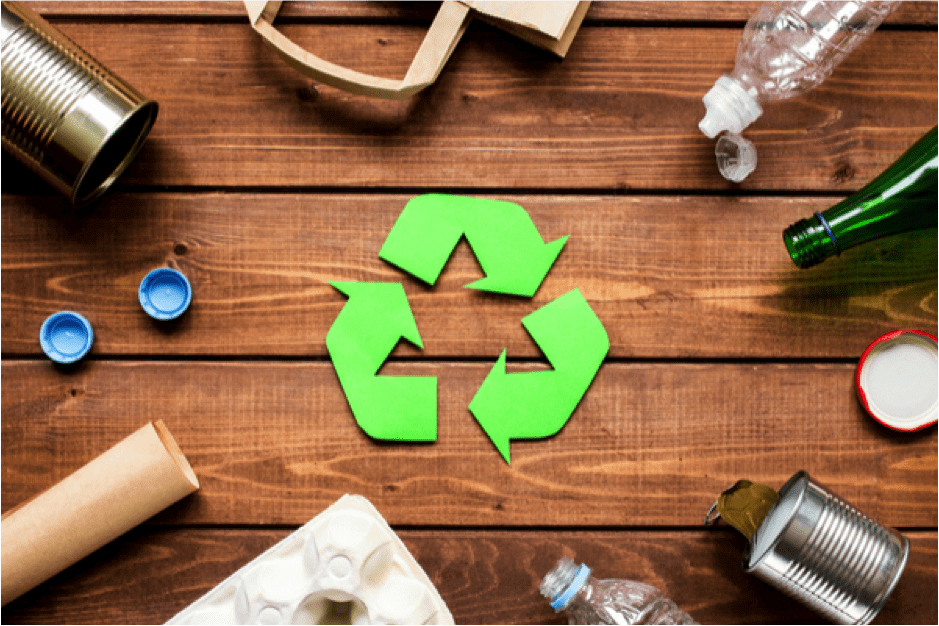Comprehending the Classification and Handling of Numerous Kinds of Waste
Effective waste administration is crucial for ecological sustainability, requiring a comprehensive understanding of the classification and handling of different waste kinds. Household waste, industrial by-products, unsafe materials, electronic refuse, and organic remnants each require distinct procedures to ensure safety and minimize eco-friendly damage. Applying proper segregation, treatment, and disposal strategies is important to alleviate damaging environmental effects and advertise resource preservation. For example, the composting of organic waste contrasts dramatically with the detailed procedures needed to take care of unsafe compounds. This multifaceted approach to waste management highlights its complexity and the vital demand for specialized knowledge in this domain name.

Household Waste
Household waste, encompassing a wide range of disposed of materials created from daily living tasks, stands for a substantial part of the general waste stream - recycling lives services. This group consists of organic waste such as food scraps, lawn clippings, and paper products, together with inorganic materials like plastics, metals, and glass. The varied nature of household waste demands effective classification and management to reduce ecological impact and advertise sustainable living techniques
Reliable family waste administration starts with segregation at the source, helping with recycling, composting, and risk-free disposal. Organic waste, as an example, can be composted to produce nutrient-rich soil amendments, lowering landfill burden and boosting dirt health. Recyclable materials, including paper, glass, and certain plastics, can be processed and repurposed, decreasing and preserving sources energy usage linked with new material manufacturing.
Moreover, dangerous home waste such as batteries, electronic devices, and cleaning chemicals needs specialized dealing with to stop dirt and water contamination. Public recognition campaigns and practical disposal alternatives play critical duties in making sure appropriate disposal and recycling of these materials. By implementing durable waste reduction approaches and promoting neighborhood involvement, municipalities can substantially reduce the environmental impact of house waste.
Hazardous Waste
Industrial waste, a significant contributor to international waste generation, encompasses a varied variety of products created by production, building, and various other commercial activities. This classification includes by-products such as scrap metal, plastics, rubber, chemicals, and other residues. The structure and quantity of hazardous waste can differ significantly depending on the industry and manufacturing processes involved. Effective management of commercial waste is crucial for decreasing environmental influence and promoting lasting practices.
The handling of commercial waste typically involves numerous processes: collection, disposal, partition, and treatment. Collection systems are created to effectively gather waste materials from various sources within an industrial procedure.
Embracing methods such as waste reduction, source recuperation, and recycling can significantly reduce the problem of hazardous waste on the environment, adding to even more lasting industrial techniques.
Contaminated Materials

Destructive wastes can damage or ruin living materials and tissues. Flammable wastes can quickly ignite, presenting fire hazards, while responsive wastes can cause explosions or release poisonous gases upon contact with various other substances.
Effective contaminated materials administration entails several vital practices: identification and partition of dangerous materials, safe transportation and storage, and proper therapy and disposal. Therapy approaches might consist of chemical stablizing, neutralization, and incineration. Governing compliance is essential, led by structures such as the Resource Preservation and Recuperation Act (RCRA) in the United States, which guarantees ecologically audio and risk-free monitoring of contaminated materials.
Digital Waste
Electronic waste, commonly abbreviated as e-waste, represents a growing challenge in waste monitoring due to the rapid obsolescence of innovation. This classification includes a wide variety of thrown out electronic gadgets, consisting of mobile phones, you could try these out computers, televisions, and family home appliances. The intricacy of e-waste depends on its composition; these products contain a combination of important materials such as gold and copper, in addition to dangerous materials like mercury, cadmium, and lead.

Regulations and laws, such as the European Union's Waste Digital and electrical Tools (WEEE) Directive, objective to advertise liable e-waste management. These policies mandate producers to help with the collection and recycling of electronic products, thus minimizing the concern on garbage dumps and minimizing environmental contamination.
Organic Waste
Organic waste, including naturally degradable materials such as food scraps, lawn trimmings, and farming residues, constitutes a substantial part of the municipal solid waste stream. This kind of waste is notable not only for its quantity but also for its possible environmental impact otherwise handled properly. Organic waste can decay anaerobically in landfills, producing methane, a potent greenhouse gas adding to climate modification.
Appropriate handling of organic waste involves numerous strategies. In addition, drawing away food waste from landfills via donation programs can relieve food instability while minimizing waste.
Municipalities and services are increasingly acknowledging the importance of organic waste monitoring. Executing detailed organic waste reusing programs not only alleviates environmental effects but likewise lines up with more comprehensive sustainability goals, promoting a circular economic climate where sources are continuously recycled and repurposed.
Conclusion
Effective waste management and environmental management require an extensive understanding of the classification and handling of numerous waste kinds. Household, commercial, harmful, digital, and natural waste each need unique procedures for disposal, therapy, and partition. Appropriate monitoring lessens ecological influence, conserves resources, and advertises sustainability. Carrying out ideal approaches for every waste type ensures liable and risk-free waste management techniques, ultimately adding to the protection of communities and public health and wellness.
Effective waste administration is pivotal for environmental sustainability, needing a detailed understanding of the category and handling of numerous waste types.Home waste, encompassing a broad selection of disposed of materials created from everyday living activities, represents a substantial element of the overall waste stream.Industrial waste, a major factor to global waste generation, incorporates a varied array of products created by manufacturing, building, and other commercial tasks (recycling lives services).Dangerous waste, a crucial issue in waste management, consists of materials that position substantial threats to human content health and the environment due to their harmful, destructive, combustible, or responsive properties.Organic waste, including naturally degradable products such as food scraps, backyard trimmings, and agricultural residues, comprises a substantial part of the local strong waste stream